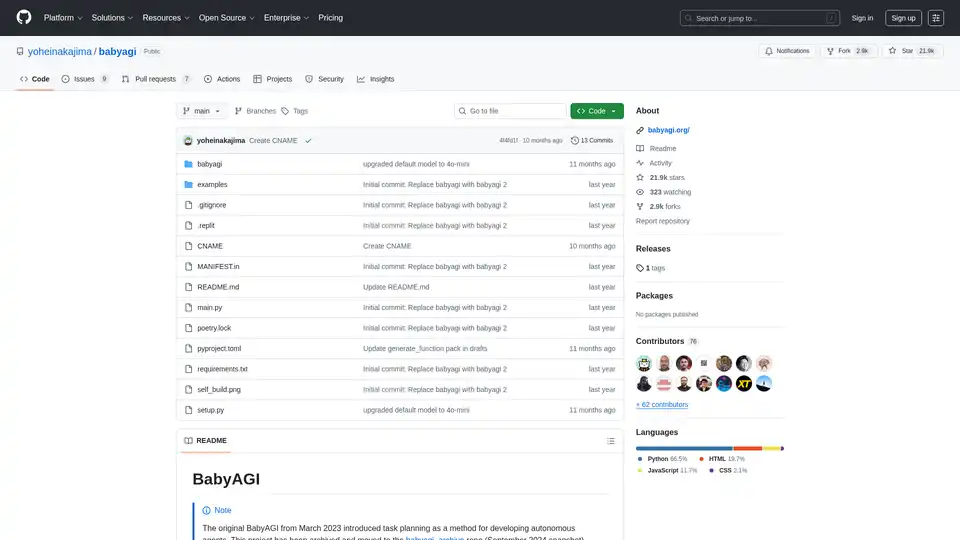BabyAGI
Overview of BabyAGI
What is BabyAGI?
BabyAGI stands out as an innovative open-source framework designed to empower developers and AI enthusiasts in building autonomous agents that can evolve and self-improve over time. Originally inspired by task planning concepts from March 2023, this project has evolved into a streamlined tool for creating self-building AI systems. Unlike traditional AI tools that require extensive manual coding, BabyAGI emphasizes simplicity: it creates the minimal viable structure that allows an agent to build itself. This approach makes it particularly appealing for those exploring general autonomous agents without diving into complex architectures right away.
At its core, BabyAGI introduces a novel function framework called "functionz," which handles the storage, management, and execution of functions in a database-driven, graph-based environment. This setup tracks dependencies, imports, and even authentication secrets, ensuring smooth operation. Whether you're a hobbyist tinkerer or a seasoned developer experimenting with AI, BabyAGI provides a playground for sparking ideas and testing autonomous behaviors. It's worth noting that while powerful, this framework is experimental and not intended for production environments—perfect for prototyping and learning.
How Does BabyAGI Work?
BabyAGI operates on a foundation of modular functions that can reference and build upon each other, mimicking how real-world AI agents learn and adapt. The process begins with registering functions using a simple decorator, allowing you to define dependencies explicitly. For instance, a function calculating cylinder volume might depend on one for circle area, pulling in necessary libraries like math automatically.
The graph-based structure is key here: it visualizes and resolves relationships between functions, preventing errors from unmet dependencies. Authentication for external services, such as OpenAI APIs, is managed securely through key wrappers, which you can add via code or the built-in dashboard. Logging is comprehensive, capturing every execution detail—from inputs and outputs to errors and timings—enabling deep debugging and performance analysis.
Triggers add an extra layer of autonomy. These are event-driven mechanisms that automatically execute functions in response to changes, like generating descriptions for newly added functions. This reduces manual oversight, fostering a more hands-off development flow. Pre-loaded function packs, including default tools for execution management and AI-specific ones for generating embeddings or selecting similar functions, bootstrap your agent quickly.
In essence, BabyAGI's workflow encourages iterative building: start simple, register core functions, load packs as needed, and let triggers and logging handle the rest. This self-referential design aligns with modern AI trends, where agents leverage existing capabilities to extend their own functionality.
Core Features of BabyAGI
BabyAGI packs a punch with features tailored for autonomous AI development. Here's a breakdown:
Function Registration and Management: Use the
@babyagi.register_function()decorator to add functions with metadata like descriptions, imports (e.g., external libraries), dependencies (other functions), and key dependencies (secrets like API keys). This metadata enriches the graph, making your agent more intelligent and traceable.Modular Packs and Loading: Organize functions into reusable packs. BabyAGI comes with defaults like execution runners and key managers, plus AI packs for prompt-based function selection. Load custom packs via
babyagi.load_functions('path/to/pack.py')to scale your projects effortlessly.Dashboard Interface: A web-based dashboard at
http://localhost:8080/dashboardlets you manage everything visually. Register/deregister functions, view dependency graphs, add secrets, monitor logs, and set triggers—all without touching code. It's intuitive for quick iterations.Comprehensive Logging: Every action is logged, including triggers, errors, and execution metrics. Filter logs to analyze patterns, such as how often a dependency fails, helping refine your agent's reliability.
Pre-Loaded AI Capabilities: Built-in functions for AI tasks, like auto-generating descriptions and embeddings using models (upgraded to GPT-4o-mini by default), make it easy to enhance agent intelligence without external integrations from scratch.
These features combine to create a robust yet lightweight ecosystem, ideal for experimenting with self-improving AI.
How to Use BabyAGI: Step-by-Step Guide
Getting started with BabyAGI is straightforward, requiring just Python and pip. Follow these steps to build your first autonomous agent:
Installation: Run
pip install babyagiin your terminal. This pulls in dependencies like Poetry for package management.Basic Setup: Import the library and create an app instance:
import babyagi if __name__ == "__main__": app = babyagi.create_app('/dashboard') app.run(host='0.0.0.0', port=8080)Launch your browser to
http://localhost:8080/dashboardfor the interface.Register Functions: Define and decorate your functions. For a chained example:
@babyagi.register_function() def world(): return "world" @babyagi.register_function(dependencies=["world"]) def hello_world(): x = world() return f"Hello {x}!"Execute with
print(babyagi.hello_world())to see "Hello world!" in action.Add Secrets: Securely store API keys:
babyagi.add_key_wrapper('openai_api_key', 'your_key_here')Or use the dashboard for this.
Load and Experiment with Packs: Try pre-loaded ones or drafts like code_writing_functions:
babyagi.load_functions("drafts/code_writing_functions") babyagi.process_user_input("Grab today's score from ESPN and email it to test@test.com")Watch as it generates functions on-the-fly.
Run Self-Building Agents: For advanced use, invoke
self_buildto generate tasks based on user roles, like a salesperson's queries, creating tailored functions automatically.
Always test in a controlled environment, as generated code might need tweaks. The dashboard logs will guide optimizations.
Why Choose BabyAGI for Your AI Projects?
In a sea of AI frameworks, BabyAGI shines for its focus on simplicity and self-evolution. It's free under the MIT License, with over 21.9k GitHub stars reflecting community interest. Developers appreciate the low barrier to entry—no prior agent-building experience needed—while its experimental nature invites contributions, though the maintainer notes it's a solo nights-and-weekends effort.
Compared to heavier tools, BabyAGI avoids bloat, letting you prototype quickly. Its emphasis on function graphs and triggers supports scalable automation, from simple scripts to complex workflows. For SEO-conscious builders, integrating BabyAGI can enhance sites with dynamic AI features, like auto-generating content based on user inputs.
User feedback from the repo highlights its inspirational value: one contributor praised the dashboard for visualizing dependencies, reducing debugging time. However, caveats apply—it's not production-ready, and draft features like self_build may produce minimal code requiring refinement.
Who is BabyAGI For?
BabyAGI targets a niche yet growing audience:
AI Hobbyists and Learners: If you're new to autonomous agents, this framework demystifies concepts like task planning and dependency resolution through hands-on examples.
Independent Developers: Solo creators or open-source enthusiasts will love the modular packs and easy extension, ideal for weekend hacks or portfolio projects.
Researchers in AI Autonomy: Those studying self-improving systems can use it to test hypotheses on agent evolution without building from zero.
Enterprise Experimenters: While not for prod, teams prototyping internal tools (e.g., automated reporting) benefit from its OpenAI integration and logging.
It's less suited for beginners overwhelmed by Python or those needing polished, enterprise-grade stability. Overall, if your goal is to explore "AI that builds AI," BabyAGI delivers practical value.
Practical Value and Use Cases
BabyAGI's real-world utility lies in accelerating AI experimentation. Imagine automating sports score emails: the framework generates functions for data fetching, processing, and sending, all tracked in logs. Or, for sales teams, self_build creates role-specific tools, like query handlers for CRM integrations.
In educational settings, it serves as a teaching aid for AI courses, demonstrating triggers and graphs. Businesses might use it for proof-of-concepts in workflow automation, saving hours on repetitive coding. Its SEO-friendly aspects? Well-optimized descriptions and metadata make functions discoverable, aligning with search intent for "autonomous AI tools."
Potential challenges include managing recursive triggers to avoid loops, but the dashboard mitigates this. With ongoing updates—like the recent GPT-4o-mini upgrade—BabyAGI remains a forward-looking resource in the AI landscape.
Best Ways to Get Started and Contribute
Dive in by cloning the repo at github.com/yoheinakajima/babyagi and following the quick start. For contributions, review open issues or PRs, but expect a measured pace. If you're passionate about open-source AI, consider supporting via the linked form for upcoming initiatives.
In summary, BabyAGI redefines accessible autonomous AI development, blending simplicity with powerful features for self-building agents. Whether automating tasks or sparking innovation, it's a go-to framework for forward-thinking users.
Best Alternative Tools to "BabyAGI"

Lunary is an open-source LLM engineering platform providing observability, prompt management, and analytics for building reliable AI applications. It offers tools for debugging, tracking performance, and ensuring data security.
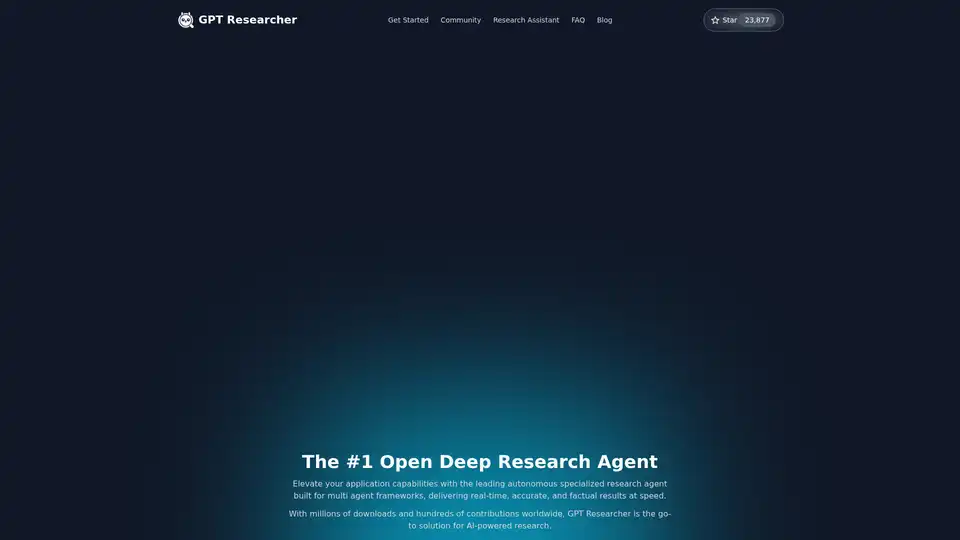
GPT Researcher is an open-source AI research assistant that automates in-depth research. It gathers information from trusted sources, aggregates results, and generates comprehensive reports quickly. Ideal for individuals and teams seeking unbiased insights.
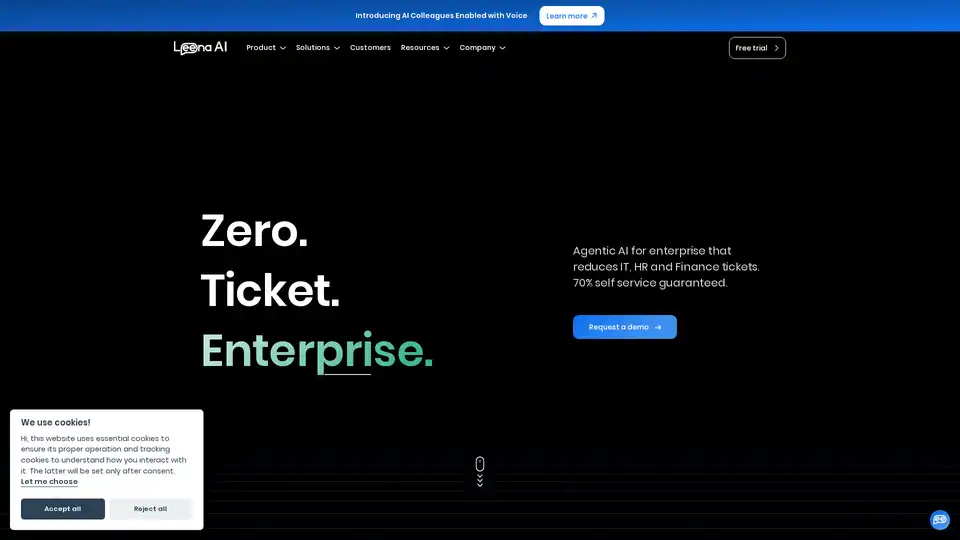
Leena AI offers AI-powered autonomous agents that automate IT, HR, and Finance tasks, reducing tickets by 70%. Trusted by Fortune 500 companies, it unifies knowledge and enhances employee experience.
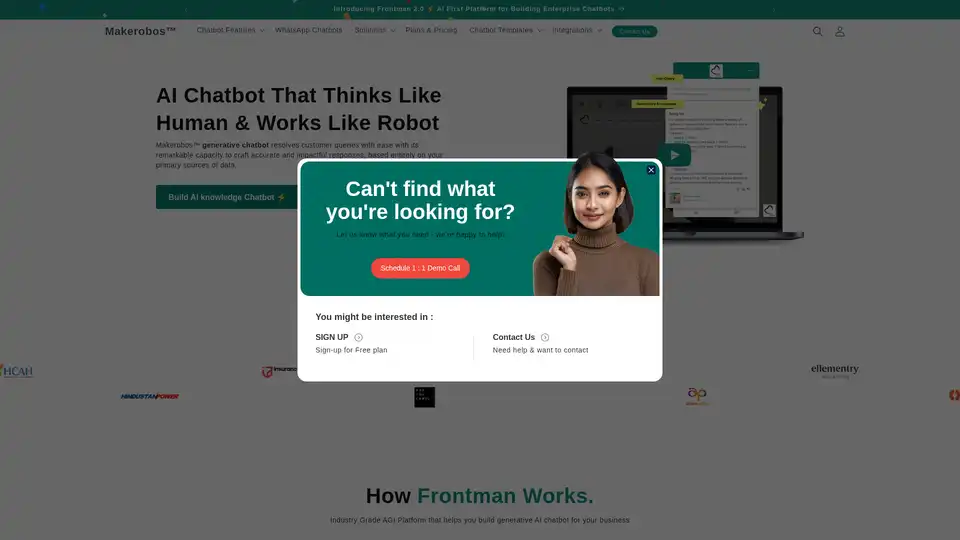
Frontman by Makerobos™ is a generative AI chatbot platform designed to build AI knowledge chatbots instantly. It helps businesses enhance customer engagement through innovative conversational AI technology.
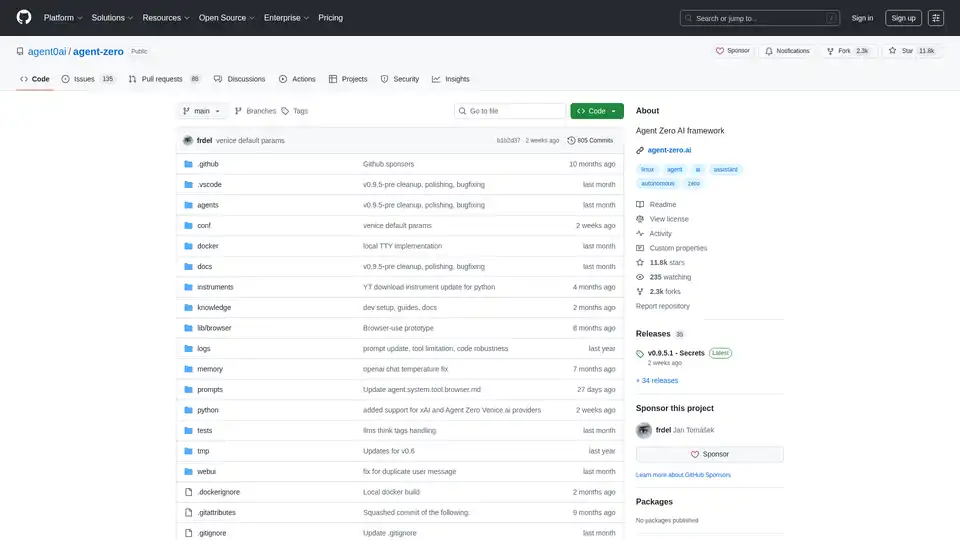
Agent Zero is an open-source AI framework for building autonomous agents that learn and grow organically. It features multi-agent cooperation, code execution, and customizable tools.
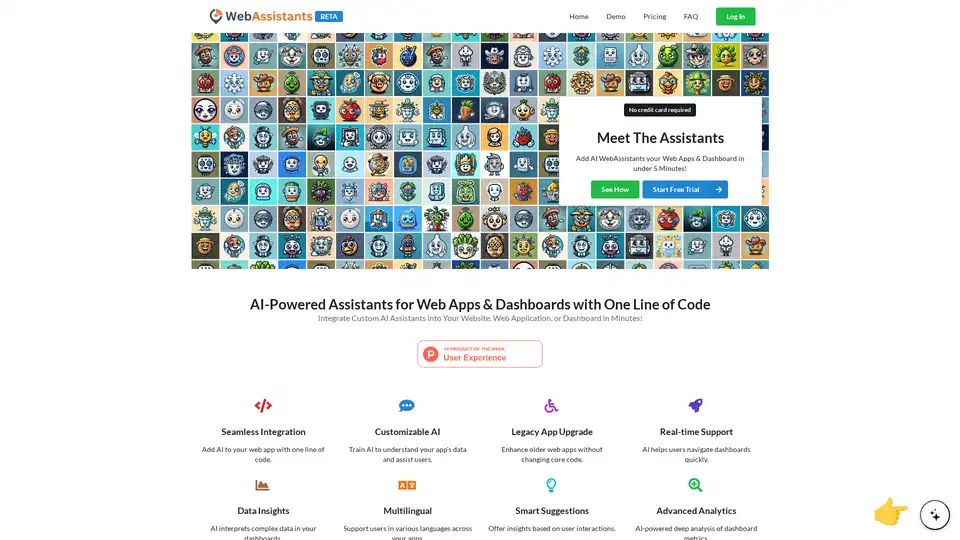
Empower your website with WebAssistants.ai. Add custom AI assistants to your site in minutes to boost engagement, improve user experience, and provide real-time support.
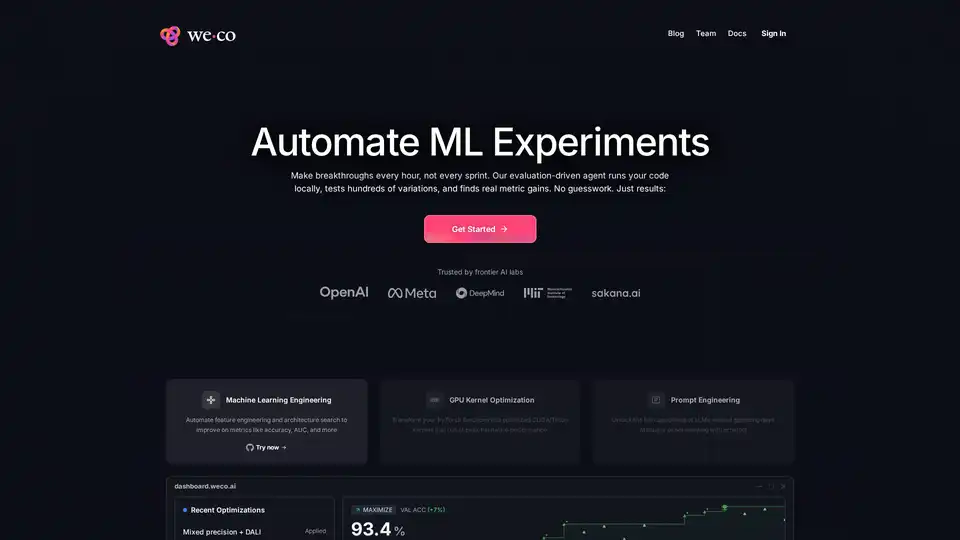
Weco AI automates machine learning experiments using AIDE ML technology, optimizing ML pipelines through AI-driven code evaluation and systematic experimentation for improved accuracy and performance metrics.
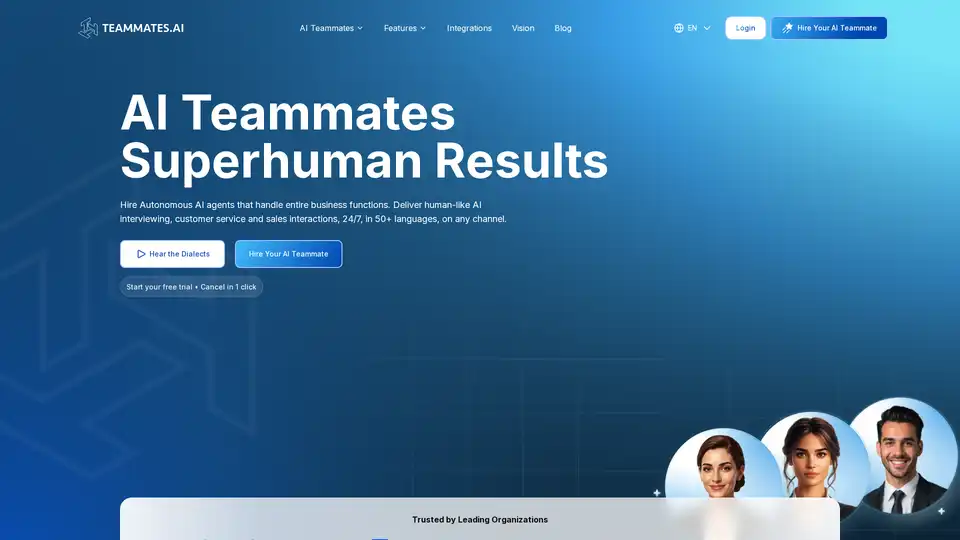
Autonomous AI agents that work 24/7 in 50+ languages. Handle customer support, qualify leads, and screen candidates. No code required. 5-minute setup.
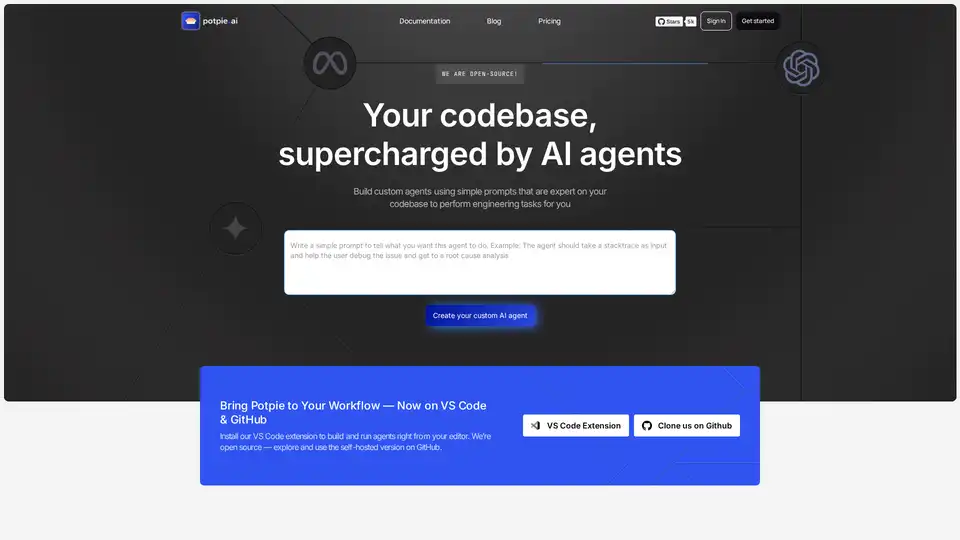
Build task-oriented custom agents for your codebase that perform engineering tasks with high precision powered by intelligence and context from your data. Build agents for use cases like system design, debugging, integration testing, onboarding etc.
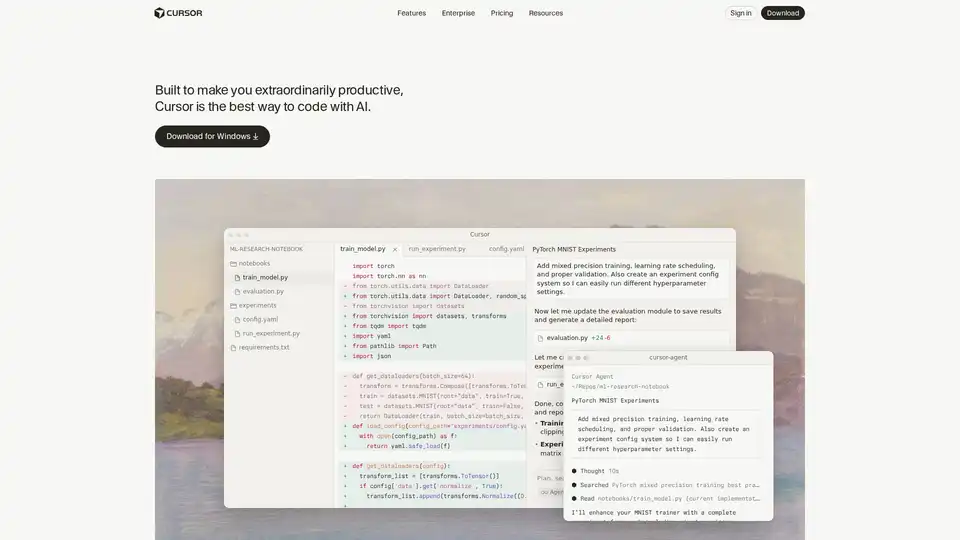
Cursor is the ultimate AI-powered code editor designed to boost developer productivity with features like intelligent autocomplete, agentic coding, and seamless integrations for efficient software building.

Bizway is a no-code platform for building AI agents to automate business tasks like content creation, market research, and data analysis. Ideal for small businesses and solopreneurs, it integrates with tools like Notion and Stripe for seamless automation without coding.

RightJoin uses AI voice interviews for efficient candidate pre-screening, personalized mock interviews for job seekers, and streamlined the hiring process, saving time and costs. Start your free trial today!
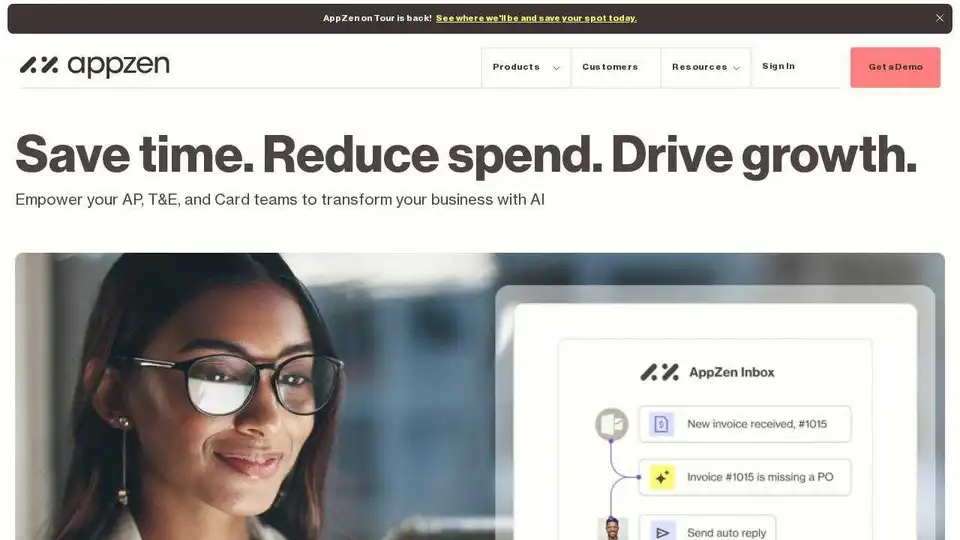
Streamline accounts payable and expense audit workflows with AppZen's AI-powered finance automation. Save time on routine tasks and drive business growth.
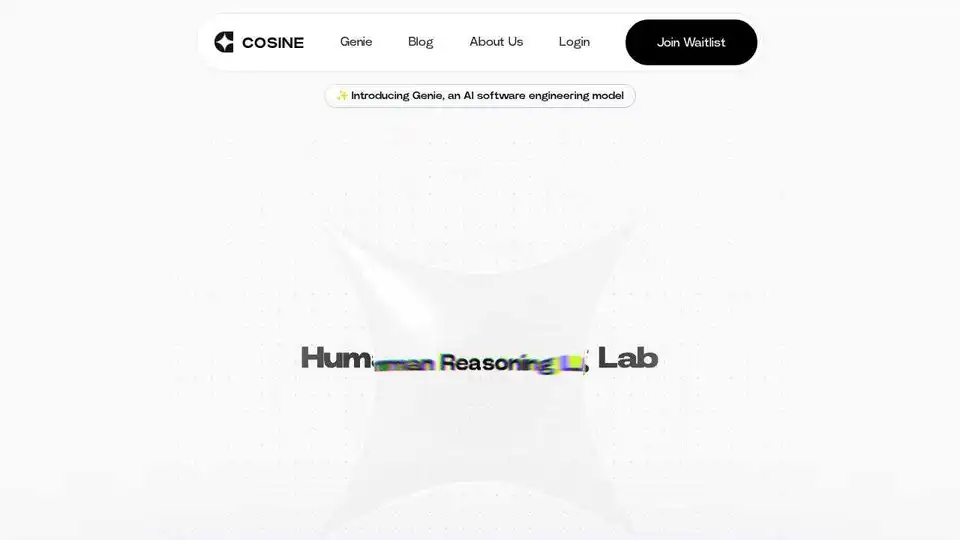
Cosine Genie 2 is a cutting-edge autonomous AI software engineer designed to automate coding tasks in live codebases. Achieve a 72% pass rate on SWE-Lancer, outperforming OpenAI and Anthropic.
